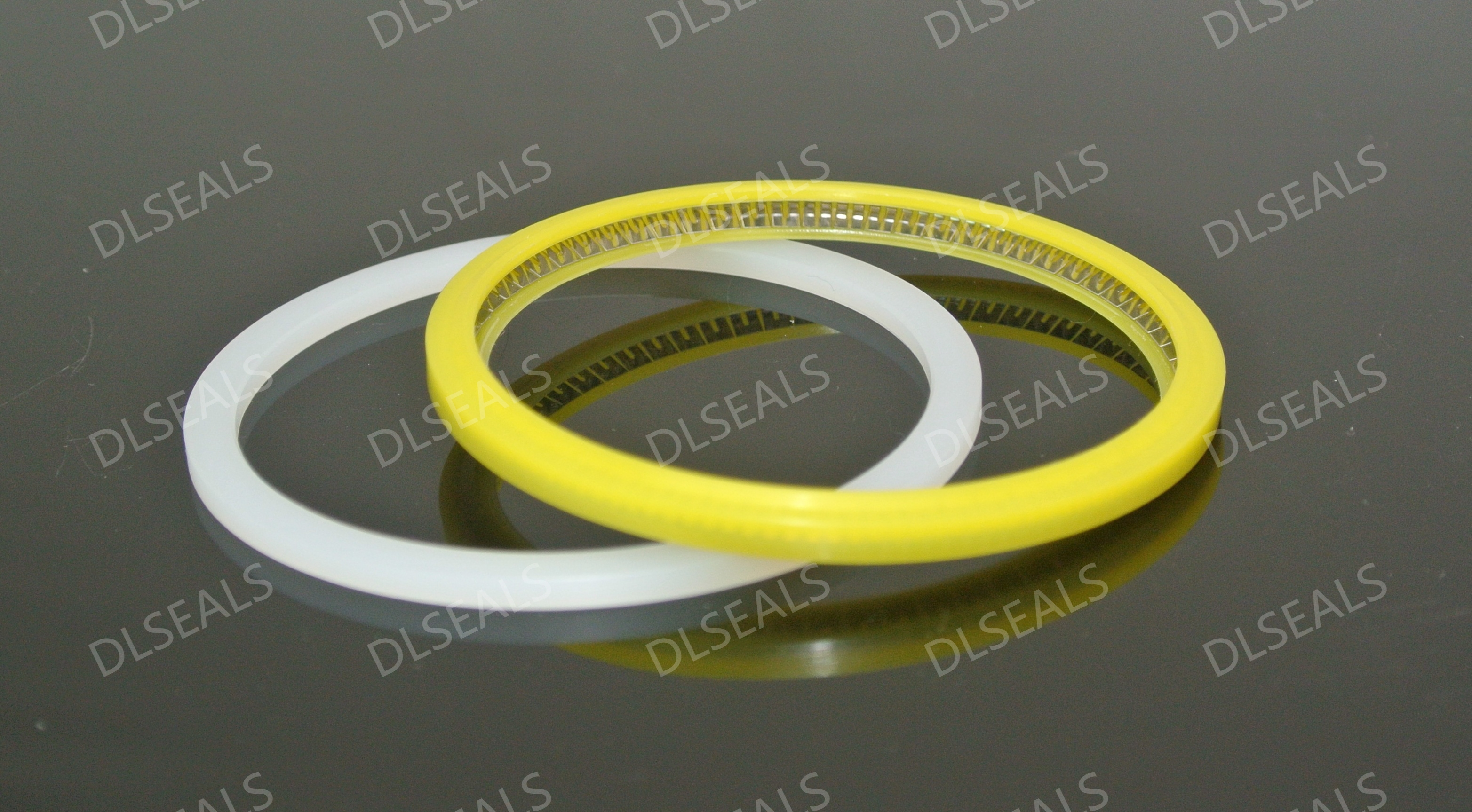News
A2025-01-21

Pan-seal (pan-seal ring) is a sealing element widely used in mechanical equipment. Its main function is to prevent fluid leakage. With the extension of service time, the pan-seal will inevitably suffer from wear and fail. This article will deeply explore the wear mechanism, failure mode and corresponding analysis method of the pan-seal.
1. Wear mechanism
During the working process, the pan-seal is affected by many factors, which may cause different types of wear. The main wear mechanisms include:
Mechanical wear: When the fluid passes through the pan-seal, the kinetic energy and impact force will cause wear on the surface of the seal ring. This wear is usually related to the movement speed and particle content of the fluid. Especially when there are solid particles, impurities or bubbles, the wear is aggravated.
Friction wear: During the movement of the pan-seal, friction occurs with the contact surface. Friction will cause partial shedding of the surface material, forming wear. Friction wear is affected by material properties, surface roughness and lubrication conditions.
Chemical corrosion: Corrosive media will cause chemical degradation of the sealing ring material and reduce its wear resistance. For example, sulfides and acidic substances in oil products will react with sealing materials, causing structural changes and strength reduction of materials.
Thermal aging: Under high temperature environment, the pan-seal material will undergo thermal degradation, resulting in embrittlement and increased hardness of the material. At the same time, thermal deformation may also lead to poor sealing and failure of the sealing ring.
Fatigue wear: When the sealing ring is subjected to cyclic alternating loads, local fatigue may occur, causing cracks and peeling. Fatigue wear usually occurs under extreme working conditions, such as high pressure, high-frequency vibration, etc.
2. Failure analysis
Failure analysis mainly determines the cause of failure through observation, analysis and experimentation of failure characteristics. The failure of pan-seals usually manifests itself in the following forms:
Leakage phenomenon: The sealing effect fails, resulting in fluid leakage, which is usually caused by excessive wear, reduced material strength or improper installation.
Deformation and cracking: Material aging or chemical corrosion can cause cracking on the surface of the sealing ring, which can cause poor sealing. For example, polymers may lose elasticity after long-term exposure to high temperatures.
Surface wear: Visible surface wear may cause uneven sealing surfaces and affect sealing performance.
Peeling and delamination: Under high load conditions, the pan-seal material may peel off due to fatigue and lose integrity.
2.1 Failure mode analysis method
When conducting failure analysis, the following common methods can be used:
Macroscopic observation: Visually inspect the physical condition of the pan-seal to find surface features such as wear, cracking, and peeling.
Microscopic analysis: Use an optical microscope or scanning electron microscope (SEM) to observe the microstructure of the pan-seal and analyze the specific mechanism of wear and failure.
Material analysis: Use material analysis methods (such as infrared spectroscopy, X-ray diffraction, etc.) to detect the chemical composition and structural changes of the material to find out the factors related to failure.
Fatigue test: Perform dynamic fatigue testing to analyze the durability of the material under alternating loads by simulating actual working conditions.
Corrosion test: In a controlled experimental environment, test the performance of the material under corrosive media to evaluate its corrosion resistance.
3. Prevention and improvement measures
In order to reduce the risk of wear and failure of the pan-seal, enterprises can take the following preventive measures:
Optimize material selection: Select suitable sealing materials according to fluid characteristics and operating conditions, such as wear-resistant and corrosion-resistant materials (such as fluororubber, polytetrafluoroethylene, etc.).
Improve design: Optimize the geometry and contact surface design of the seal ring to reduce friction and wear. At the same time, consider the design surface roughness and flatness to improve the sealing performance.
Ensure correct installation: Strictly follow the installation requirements to ensure the correct position and pressure of the pan-seal to avoid early failure caused by improper installation.
Implement regular maintenance: Regularly inspect and maintain equipment, and replace worn pan-seals in time to avoid affecting the working performance of the overall system.
Improve operating conditions: Minimize the content of suspended matter in the fluid, adjust the operating temperature and pressure, optimize process parameters, and reduce damage to the seal ring.
4. Conclusion
As an important sealing component, the wear mechanism and failure analysis of the pan-seal are the key to ensure the reliable operation of the equipment. By deeply understanding the wear mechanism, failure mode and its manifestations, effective improvement measures can be formulated to optimize material selection, design and maintenance, reduce the risk of failure, and improve the overall performance and safety of the equipment.
[DLSEALS kindly Reminder] Sealing issues? Turn to DLSEALS! As a sealing component manufacturer, we specialize in customizing sealing components, providing a full range of services from design, research and development, production, testing, and more. If you have more information you'd like to know, feel free to contact us directly. DLSEALS's product experts are dedicated to serving you!